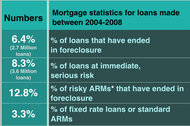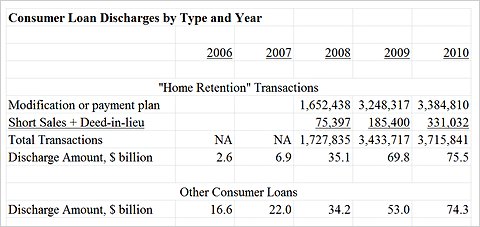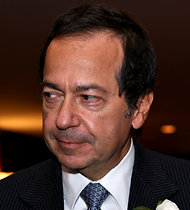 Getty ImagesHoliday traffic near Washington, D.C.
Getty ImagesHoliday traffic near Washington, D.C.
It’s that time of year again, and more Americans are saying they will take a trip of at least one night during this holiday season, a recent survey found.
Nearly 60 percent of adults were confident they would take a holiday trip this season. That’s up from 50 percent last year and more comparable with 2009 levels (61 percent), according to a poll conducted by Ipsos Public Affairs on behalf of Mondial Assistance USA, which sells travel insurance and assistance services.
But while more people said they planned to travel, they expected to spend less on their trips — $980 on average, down from $1,040 last year, the survey found. Whether they’ll stick to their budgets, however, remains to be seen. Last year, adults who took a holiday trip reported spending $1,530 on average, well above their initial expectations.
The poll, conducted by telephone in early November, was of a nationally representative sample of 1,000 randomly selected adults. The margin of sampling error is plus or minus 3 percentage points.
More than half of adults (54 percent) said that an annual holiday trip was important. Those most likely to find it important included parents of children under 18; those with a household income of $75,000 or more; and adults under 35.
Still, about two in 10 of those who said it was important to take an annual holiday trip were not confident that they would take one this year. Still, that was an improvement over the 32 percent who were not sure they would take a holiday trip in 2010, which means the “vacation deficit” has decreased.
Car travel is still the top mode of holiday transportation, cited by 56 percent of those surveyed. A third of travelers plan to travel by plane this year, compared with about a quarter last year. Just 1 percent said they’d take a train.
Of those people who did not take a vacation last year, but feel confident they will take a holiday trip this year, 11 percent say that they are alternating travel year by year to save money.
Will you travel for the holidays this year? If not, is it primarily due to economic reasons?
Article source: http://feeds.nytimes.com/click.phdo?i=f8061f75f72a8e9050d0d9e87b62d27e




